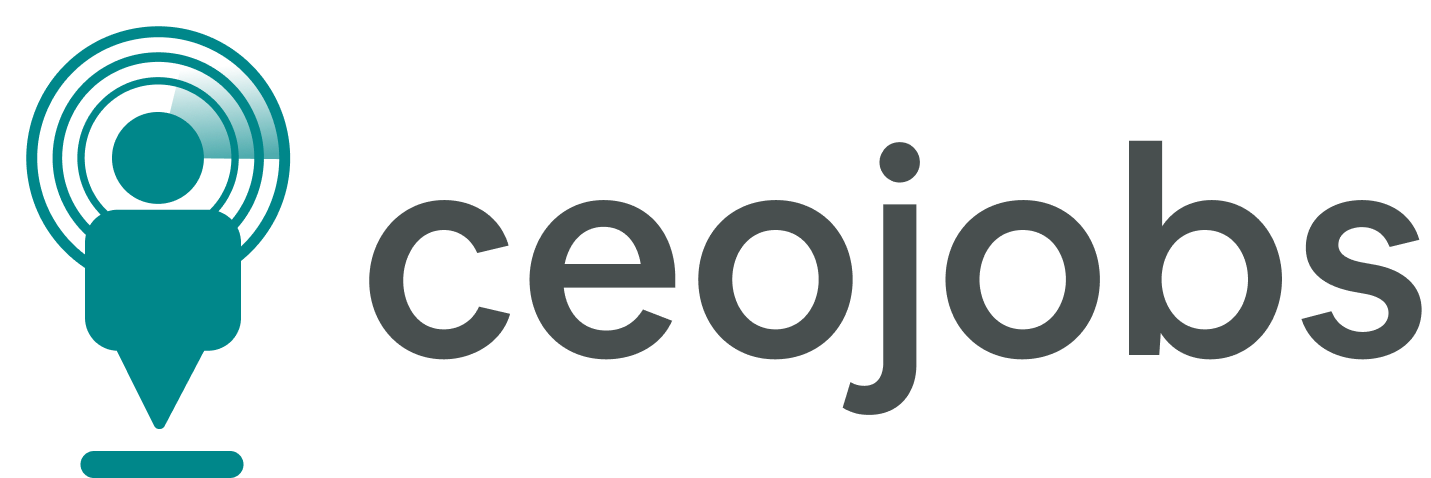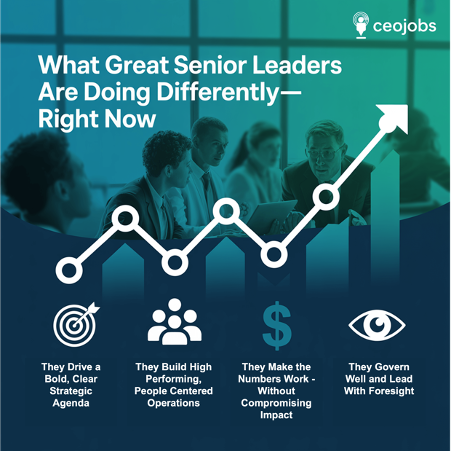𝗣𝗮𝗿𝘁 𝟮: 𝗖𝗮𝗽𝗮𝗯𝗹𝗲 𝗣𝗲𝗼𝗽𝗹𝗲 𝗶𝗻 𝗞𝗲𝘆 𝗣𝗼𝘀𝗶𝘁𝗶𝗼𝗻𝘀 – 𝗔 𝗣𝗿𝗶𝘃𝗮𝘁𝗲 𝗘𝗾𝘂𝗶𝘁𝘆 & 𝗕𝗼𝗮𝗿𝗱𝗿𝗼𝗼𝗺 𝗟𝗲𝗻𝘀
Popular Post
Tags

𝗣𝗮𝗿𝘁 𝟮: 𝗖𝗮𝗽𝗮𝗯𝗹𝗲 𝗣𝗲𝗼𝗽𝗹𝗲 𝗶𝗻 𝗞𝗲𝘆 𝗣𝗼𝘀𝗶𝘁𝗶𝗼𝗻𝘀 – 𝗔 𝗣𝗿𝗶𝘃𝗮𝘁𝗲 𝗘𝗾𝘂𝗶𝘁𝘆 & 𝗕𝗼𝗮𝗿𝗱𝗿𝗼𝗼𝗺 𝗟𝗲𝗻𝘀
In the world of value creation, capable leadership isn’t optional — it’s everything.
For Fund Managers, NEDs, and Private Equity professionals, the right people in the right roles determine whether value is unlocked… or lost.
Talent Risk Is Performance Risk
If the wrong person is in a key role — or if a key role is left underpowered — performance suffers. It's that simple. And in the high-stakes world of investment and governance, delayed action on talent can destroy value fast.
Returns are won or lost based on how early and effectively leadership gaps are identified and addressed.
1. Talent Due Diligence During Investment
Before capital is committed, talent clarity must be part of the deal.
Ask:
Who’s running the business today?
Are the CEO and leadership team capable of leading the next stage — whether that’s scaling, transformation, or turnaround?
Are they equipped to navigate complexity, drive performance, and protect reputation?
Misjudging leadership is one of the top reasons PE deals underperform.
2. Active Succession Planning Across the Portfolio
Most Boards talk about succession — but few drive it hard enough, deep enough, or early enough.
Key questions:
● Who’s ready to step up if someone leaves?
● Where are the single points of failure?
● Are we proactively building leadership pipelines — or reacting too late?
A robust succession strategy across CEOs, functional heads, and emerging leaders protects continuity and accelerates value capture.
3. Intervention Leaders for Distressed or Stagnant Assets
In turnaround or underperformance scenarios, don’t wait for organic change. Sometimes you need to install “fixers” — high-impact interim or permanent leaders who can stabilise, reset direction, and move fast.
● Qualities of strong intervention leaders:
● Immediate credibility with teams and investors
● Operational grip and execution speed
● Emotional intelligence and stakeholder agility
● A mandate to act — decisively
● These leaders create breathing space, re-establish trust, and lay the groundwork for a sustainable future.
4. Board & Investor-Level Oversight on Talent
Boards and investors should not delegate talent to HR alone. They should own the conversation around capability in key roles.
Consider:
● Quarterly reviews of key role occupancy and readiness
● Capability heatmaps linked to business risk
● Talent as a standing item on investment committee agendas
🔑 Talent should be treated like capital allocation — because it is.
5. Build Talent Playbooks for Growth, M&A, and Exit
Savvy funds and boards build repeatable playbooks around leadership for:
● Pre-deal assessment
● 100-day plans
● Growth and scale-up
● Exit positioning
When people planning is systemised, not improvised, you derisk the journey and improve outcomes.
Final Thought: Leadership Is the Leverage
At portfolio, board, and deal level — talent isn’t just an operational detail.
It’s a strategic lever.
You don’t just invest in products, markets, or revenue lines. You invest in capability.
And in a market defined by volatility and competition, the biggest differentiator isn’t capital. It’s people.
Capable talent isn’t a luxury — it’s your strategic lever. And if you’re not using it deliberately, you’re not steering the outcomes that matter.
Frequently Asked Questions
-
Q: 1. Why is leadership considered the biggest lever in value creation?
A: Because leadership directly drives strategic execution, culture, and resilience. In Private Equity, performance gaps often trace back to capability gaps in key roles — especially the CEO and senior leadership team.
-
Q: 2. What is “talent risk,” and why does it matter to fund managers and boards?
A: Talent risk refers to the potential for value erosion due to underpowered or misaligned leadership. In high-stakes environments, talent risk is performance risk.
-
Q: 3. When should talent due diligence happen in the deal process?
A: Before capital is committed. Assessing leadership capability at the pre-deal stage helps avoid post-investment surprises and misalignment.
-
Q: 4. What should talent due diligence focus on?
A: Key areas include leadership team capability, succession strength, readiness for the next growth stage, cultural alignment, and ability to handle complexity and change.
-
Q: 5. How can succession planning be made more effective across the portfolio?
A: By embedding it early, linking it to business continuity plans, identifying single points of failure, and actively developing internal leadership pipelines — not just reacting when vacancies arise.
-
Q: 6. What’s the role of “intervention leaders” in underperformance scenarios?
A: These are high-impact interim or permanent leaders brought in to stabilise, reset, and accelerate change. They offer execution speed, team credibility, and strategic direction when time is critical.
-
Q: 7. What are the key traits of effective intervention leaders?
A: Executional grip, stakeholder agility, emotional intelligence, and immediate trust-building — combined with a clear mandate to act decisively.
-
Q: Should boards rely on HR to manage talent strategy?
A: No. While HR supports implementation, boards and investors should own the strategic oversight of leadership in key roles — just like they would for capital allocation.
-
Q: 9. What does it mean to build a “talent playbook” in Private Equity?
A: It means systematising people decisions across the deal lifecycle — from pre-deal assessments and 100-day plans to scale-up, turnaround, and exit scenarios — to ensure leadership is fit-for-purpose at every stage.
-
Q: 10. What’s the key takeaway for fund managers and board members?
A: Leadership is not an operational detail — it’s a strategic asset. Boards that treat talent like capital make better decisions, reduce risk, and unlock more value.
Post a Comment
Get New Job Notifications
Subscribe & get all related jobs notifications



.png)

Comments (0)